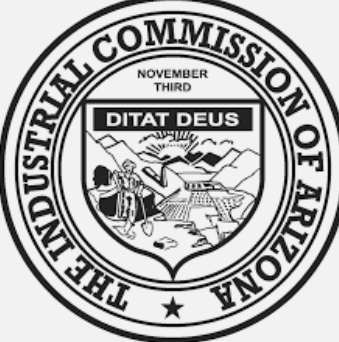It’s not often that we have an opportunity to praise state agencies during the Ducey administration… but this week we’re happy to be able to praise the Arizona Department of Transportation.
A couple weeks ago ADOT turned in their draft Electric Vehicle Infrastructure Deployment Plan to the Joint Office of Energy and Transportation. It took our consortium to couple of weeks to dive into the details and assess how good a job ADOT had done using the National Electric Vehicle Infrastructure Formula Program to help Arizonans. The Joint Office will review the draft plan and supply comments by Sept. 30. Changes may be made before the Sept. 30 approval date.
We’re delighted to report that ADOT did a good job- a remarkable statement to be able to make about a state agency during the Ducey administration.
ADOT’s plan includes annual goals and an annual assessment that can lead to revisions as the agency believes necessary. In the first year, ADOT’s plan includes upgrading existing DC fast charging stations within one mile of Alternative Fuel Corridors and closing charging gaps with new stations.
Their plan also recommends that the Arizona Corporation Commission craft utility rates to offset the lifetime cost of the charging station. That’s important because utility rate plans that incentivize charging during off-peak hours can benefit both the EV owner through reduced costs and Arizona utilities through improved electrical grid utilization.
The ADOT plan ADOT has six goals:
- Reduce range anxiety by closing gaps in the EVSE network along Arizona’s Alternative Fuel Corridors.
- Support the development of an EVSE network that is resilient, fair, accessible, and reliable.
- Engage stakeholders and the public in the planning, development, and installation of EVSE.
- Find potential new Alternative Fuel Corridor locations during the outreach process.
- Use efficient contracting and procurement mechanisms to maximize the amount of infrastructure that can be built, consider future needs, and reduce risk to support the EVSE network’s long-term viability.
- Use data and performance metrics to evaluate EVSE installation and operations to inform the development of program improvements
The bottom line is that ADOT’s plan sets the stage for the next administration to be successful in using National Electric Vehicle Infrastructure funds, helping more infrastructure to support faster market uptake of electric vehicles in Arizona.



